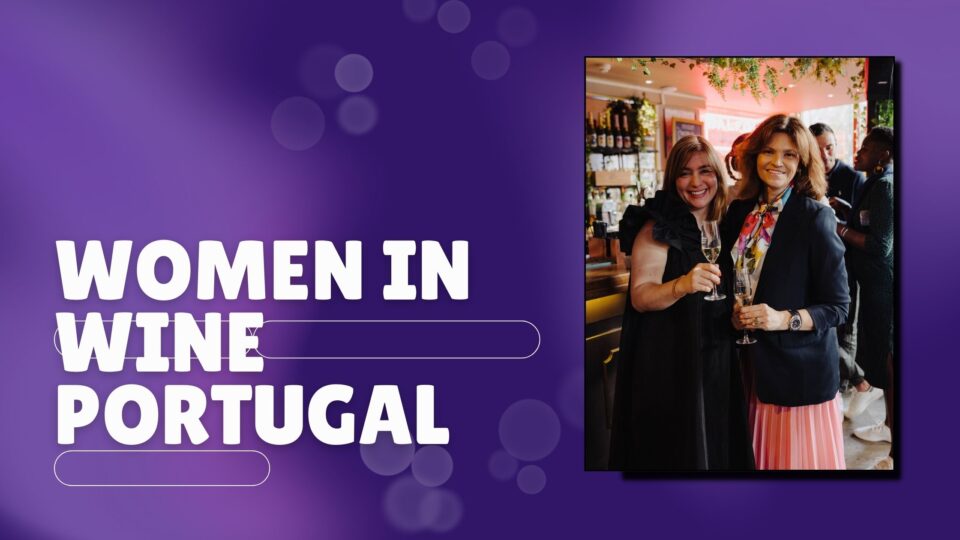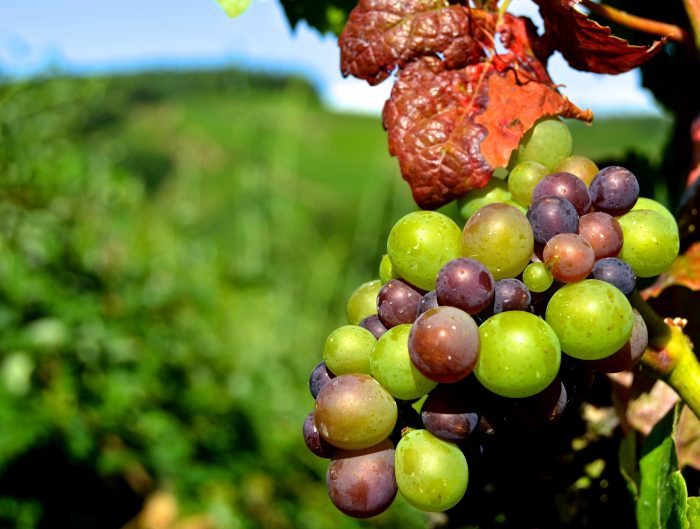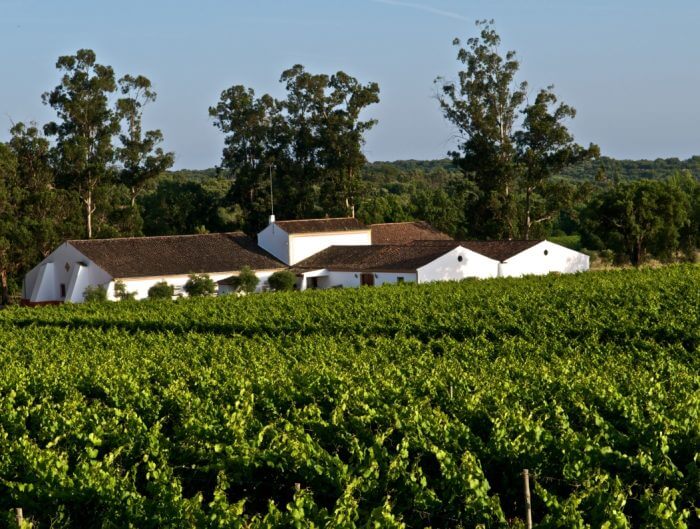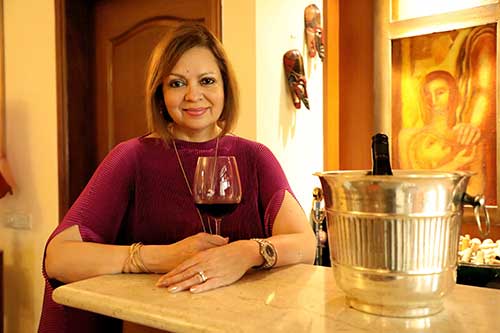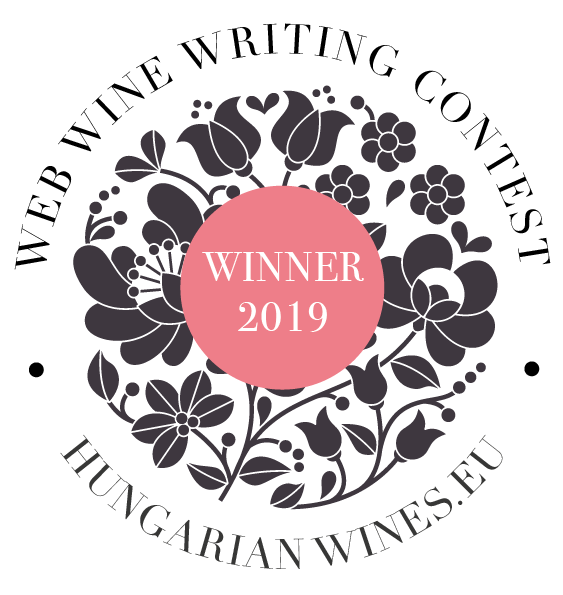In Part 2 of the series on women in the Portuguese wine industry, members of Women in Wine Portugal (WiWP), I focus on a winemaker from Alentejo, Sofia Garrett, and her world
Some of the world wine industry’s most significant contributors have been women. As Portugal, a country recently regaining its place in the spotlight finds its place in the wine world, its women are banding together to support, encourage, and promote one another. Here, Sofia Garrett, a winemaker and producer from Portugal’s Alentejo, besides being a cork producer, talks about her lessons and visions for the future.
You are a wine producer in Alentejo, a relatively new Portuguese wine region in the spotlight. Tell me more about your estate.
Alentejo, south of the Tejo River, has a hot and dry Mediterranean climate, with a strong continental influence, enjoying over 3,000 hours of sunshine per year. Rovisco Garcia estates are in the north and a true mirror of the region; here are gentle hills where you can find cork oak forests, some green oaks, olive groves, vineyards, and cattle grazing lands.
Preserving water is, therefore, essential. Alentejo has almost all sorts of soils. In our vineyards, we have clay and limestone, but elsewhere you can also find quartz, granite, schist, and sandstone.
It’s not known exactly when viticulture and wine were introduced in Alentejo, but there is evidence that they existed when the Romans arrived. Here, the techniques developed by the Romans for making wine in the clay amphorae called talhas have been preserved, you can still find talha wines in Alentejo.
So, it’s not a new wine region, but it went through difficult times, namely with the decrease of production for commercial purposes in the first half of the last century, not only because of phylloxera, the world wars, and economic crises, but also because of the campaign to replace vineyards with wheat, in an attempt to turn the region into Portugal’s ‘bread basket’.
From the late 1940s, things started to improve. Wine cooperatives were created in the 1950s and 60s, the first Alentejo DOCs (Protected Designation of Origin) were regulated in 1988, and, in 1989, the CVRA (Comissão Vitivinícola Regional Alentejana) was set up to regulate all Alentejo wines.
Portugal’s membership to the European Union in the 1980s also played a role, not only because of the access to the European markets but also because of the financial aid that helped modernization, prompting a wave of innovation in wine production. A new generation of winemakers traveled abroad, gaining experience, and university programs in viticulture and enology emerged.
Rovisco Garcia is a family company, of farmers for generations, dating back to the 17th century. The Rovisco Garcia brand is my grandmother’s family name – Maria Antónia de Carvalho Rovisco Garcia.
As a family company, we aim to preserve what we received from our ancestors and leave it for future generations. We have also followed the Portuguese tradition of blending. All our wines are blends. Our aim is to have wines that express the character and uniqueness of Alentejo, but are, at the same, time modern, fresh, and gastronomic.
As the commercial and marketing director, I’m not always at the farm, as I share my time between Alentejo and Lisbon, when not travelling to visit clients in Portugal or in Europe. I usually say I can enjoy the best of both worlds, the countryside and the city.
Little is known about Portugal’s native grapes, but you have worked with many of them. How can they combat the problem of climate change?
Portugal has over 250 native grape varieties. This diversity allows the existence of a wide range of wines with different profiles and gives Portugal tools to face climate changes.
I will focus on two native grapes we grow; Antão Vaz, an Alentejo grape variety mostly cultivated in Vidigueira and Touriga Nacional, its origin disputed by the Dão and Douro wine regions.
Antão Vaz is a good example of a variety adapted to the hot Mediterranean climate; it is productive, ripens evenly, and is highly resistant to disease and drought (its berries are loosely clustered and thick-skinned). It produces well-structured, full-bodied wines with aromas of tropical fruits. We use it in our Rovisco Garcia White Colheita, blended with Arinto, a grape grown primarily in Bucelas (in the Lisbon region); Arinto is known for its firm acidity, adding fresh and crisp aromas of green apple, lime, and lemon to the blend.
Being considered by many as Portugal’s finest red grape variety, Touriga Nacional is also a heat-resistant variety. It is one of the seven grapes approved in 2019 for use in Bordeaux AOC and Bordeaux Superieur AOC blends, together with Alvarinho, another Portuguese grape from Monção e Megaço, a sub-region of Vinho Verde.
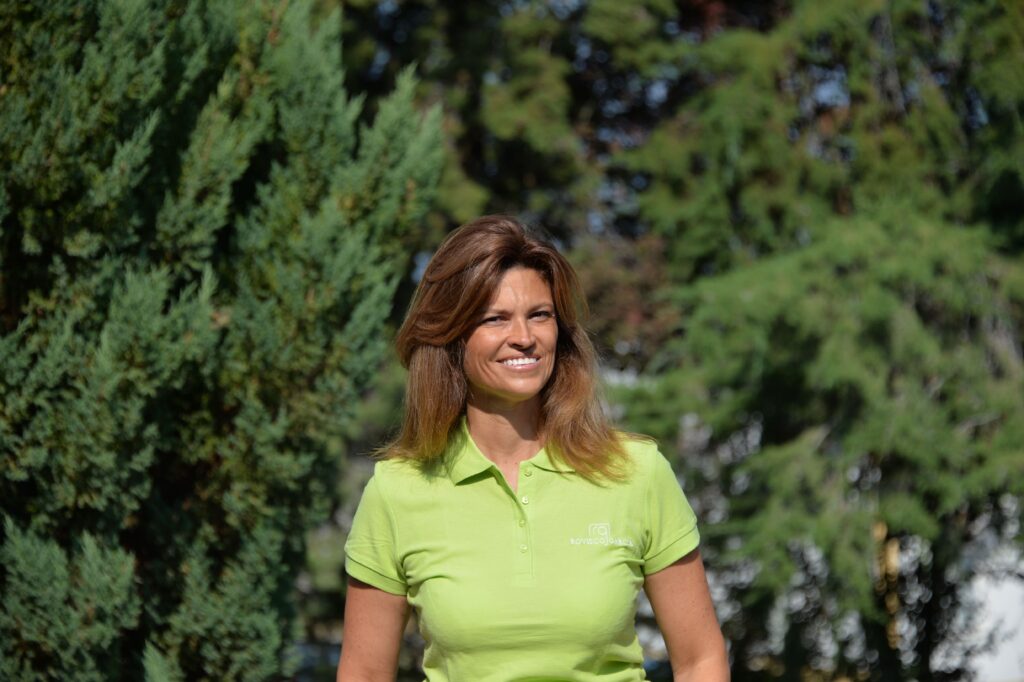
“I see two main challenges in the future, climate change and the relationship between wine and health. Adaptation will be necessary.”
Touriga Nacional is a late-ripening variety, small berries with thick skin, rich in colour and tannins, and resistant to heat and fungal diseases (which compensates for its low yields). The wines are full-bodied, structured, and colourful, with long ageing potential. An aromatic grape variety, it rich in floral and fruity aromas, like violets and raspberries.
Sustainability and organic viticulture are becoming increasingly important topics, especially to the wine consumer today. How does this impact the wine you make?
The land is our legacy. We are, therefore, committed to the three pillars of sustainability: the environmental, the social, and the economic.
About the cork oak forests – these have a close relationship with the business of wine; they are also barriers to desertification, preserve the soils, regulate the hydrological cycle and quality of water, and are carbon sinkers and oxygen producers. For example, according to Amorim Florestal, 309 grams of CO2 can be sequestered by just one natural cork stopper.
Our vineyards are not just sustainably run, under the Integrated Production Programme, but Rovisco Garcia is also a member of the Wines of Alentejo Sustainability Programme.
Portugal is famous for its cork industry, which is also part of your business. Why is Portuguese cork so famous?
Portugal is in fact the world’s largest cork producer, and Alentejo is the largest cork region in Portugal. In Portugal, cork is so important that there is legislation protecting cork forests since 1209, in the early 13th century. Wine and cork have an ancient relationship, proof of that is an amphora from the 1st century BC found in Ephesus (Türkiye): it was not only sealed with a cork stopper but also still contained wine.
It was Dom Pérignon, known as the father of Champagne, who began to use corks with hemp to stop the wine bottles from exploding (the muslet wire cage was later added). It was the start of the use of glass bottles and natural cork stoppers. Cork is essential to the wine aging process. A cork stopper contains around 800 million cells filled with a gas. After being compressed, it continuously tries to return to its original shape and size, thus contributing to the perfect sealing. It’s necessary for a certain level of humidity to preserve the elasticity and tight seal; that’s why we should store wine bottles on their sides.
Contrary to what many believe, it is the air within the cork stopper that contributes to the slow ageing of wine and not the air outside the bottle. Unless there is some imperfection or the cork is dry, a natural cork stopper does not allow air into the bottle.
How easy or hard is it to be a woman in the Portuguese wine industry?
The challenge is to find your place in the light in a very competitive market, as a small player it may take some time to be recognized, so some resilience is needed. I can not say that is hard being a woman in the Portuguese wine industry, but I don´t think equity is achieved although we have had significant improvements in the last few years.
But it is still an industry where men prevail; especially if you look at higher positions there are still very few women. But I feel things are changing and with some support from society things can change faster.
I see two main challenges in the future, climate change and the relationship between wine and health. Adaptation will be necessary. But there are also opportunities: a more curious and informed consumer, who sees wine as art. That gives a producer the chance to be creative, offering wines that arouse emotions.
Main image: Sofia Garrett with Micaela Fonseca, founder, Women in Wine Portugal

